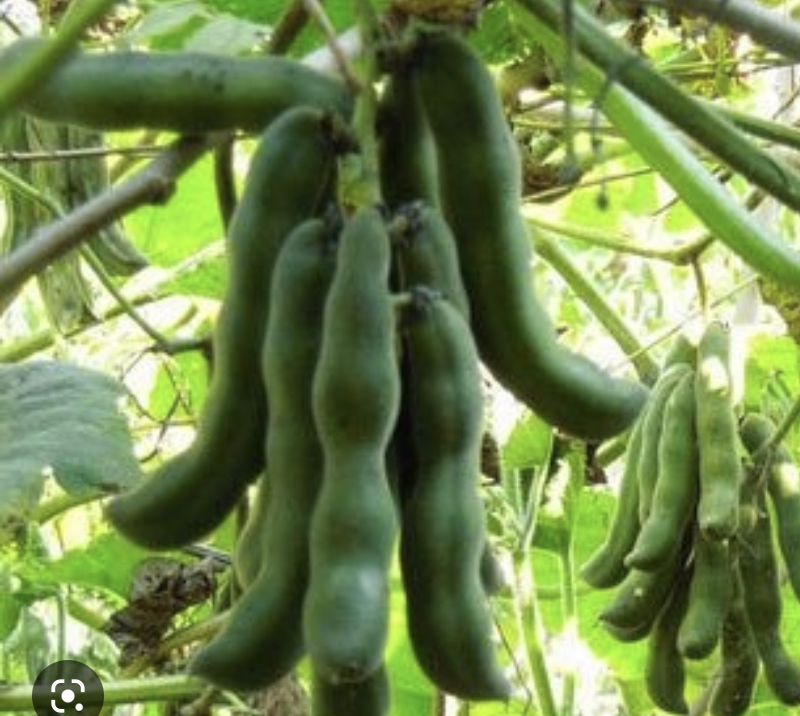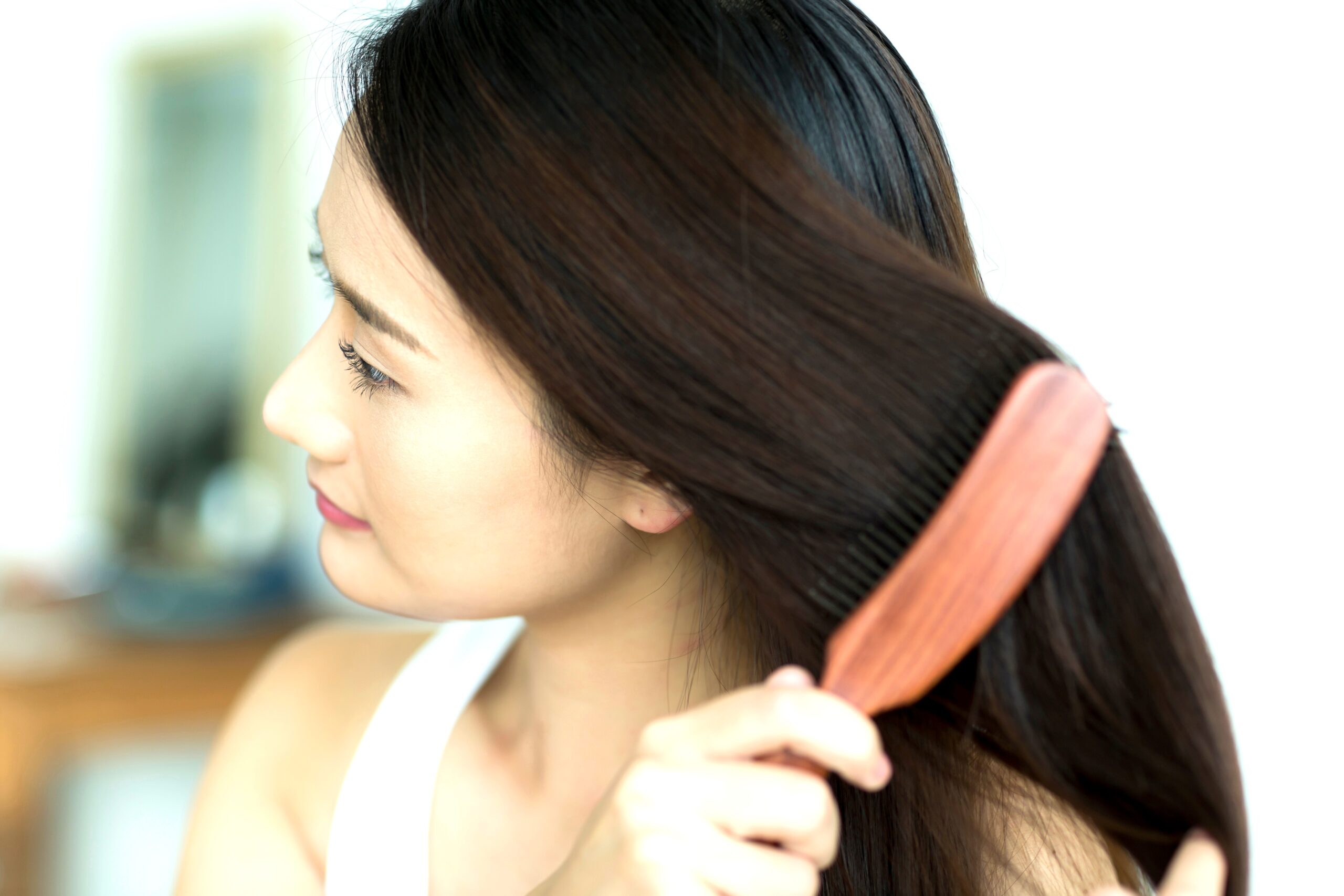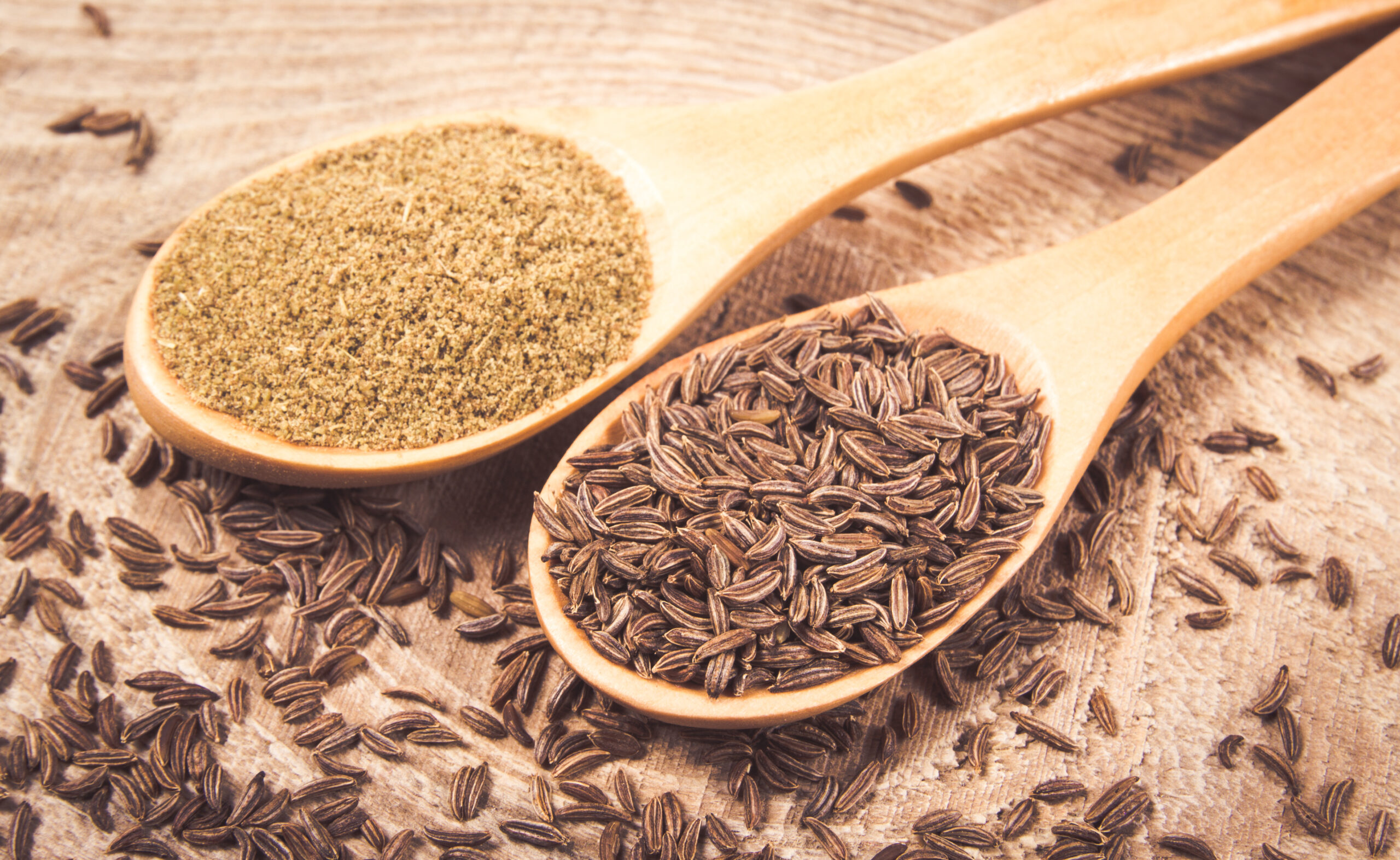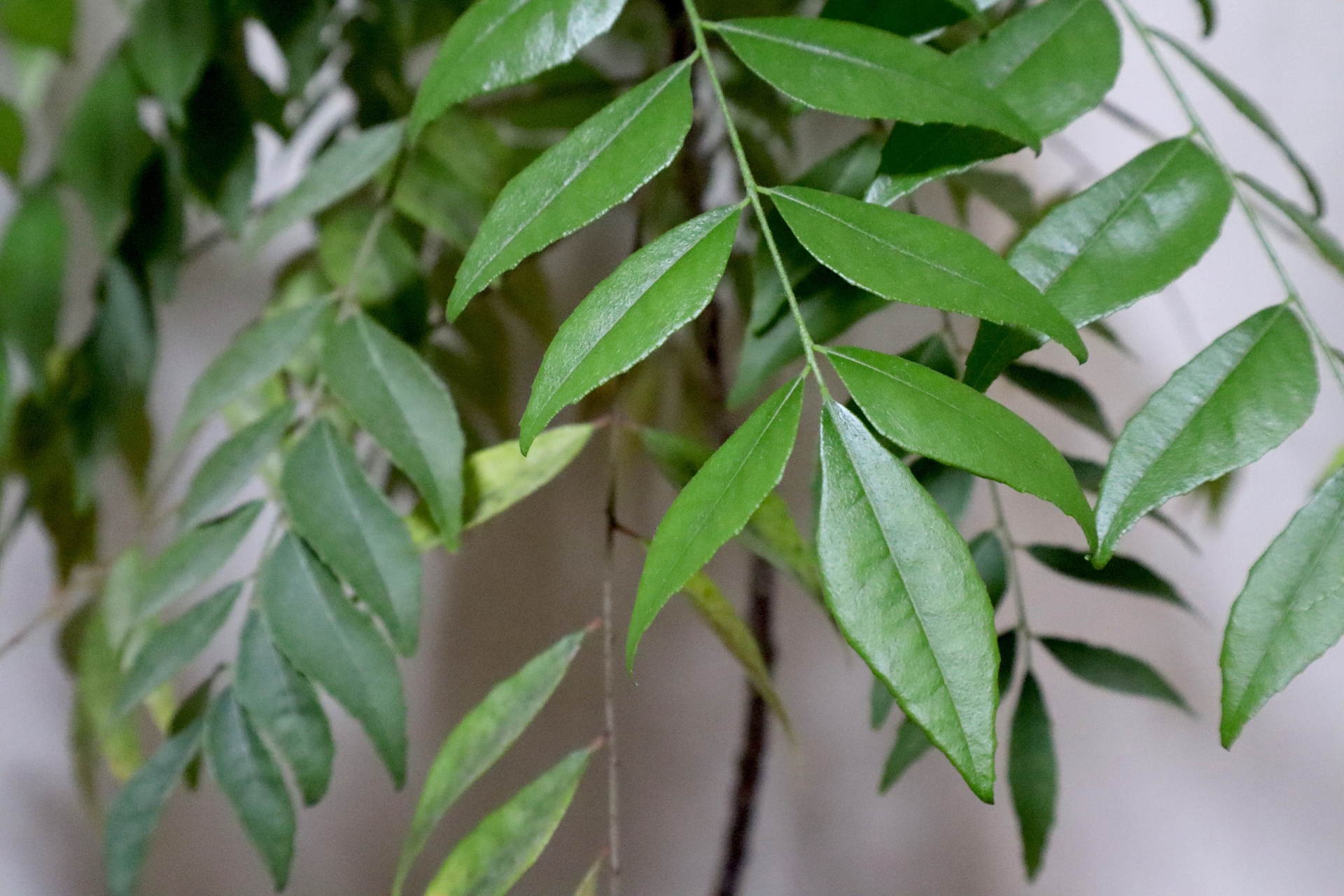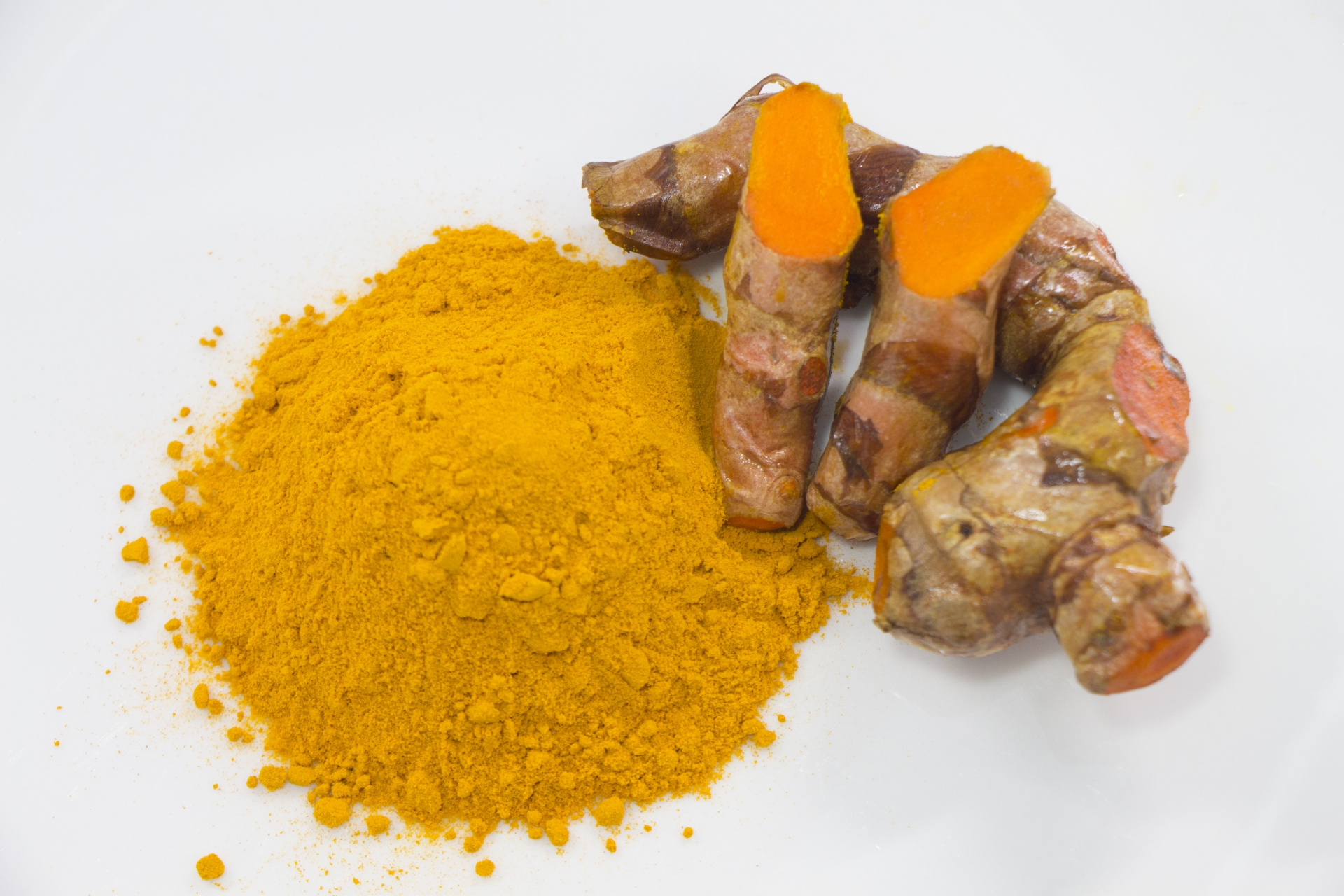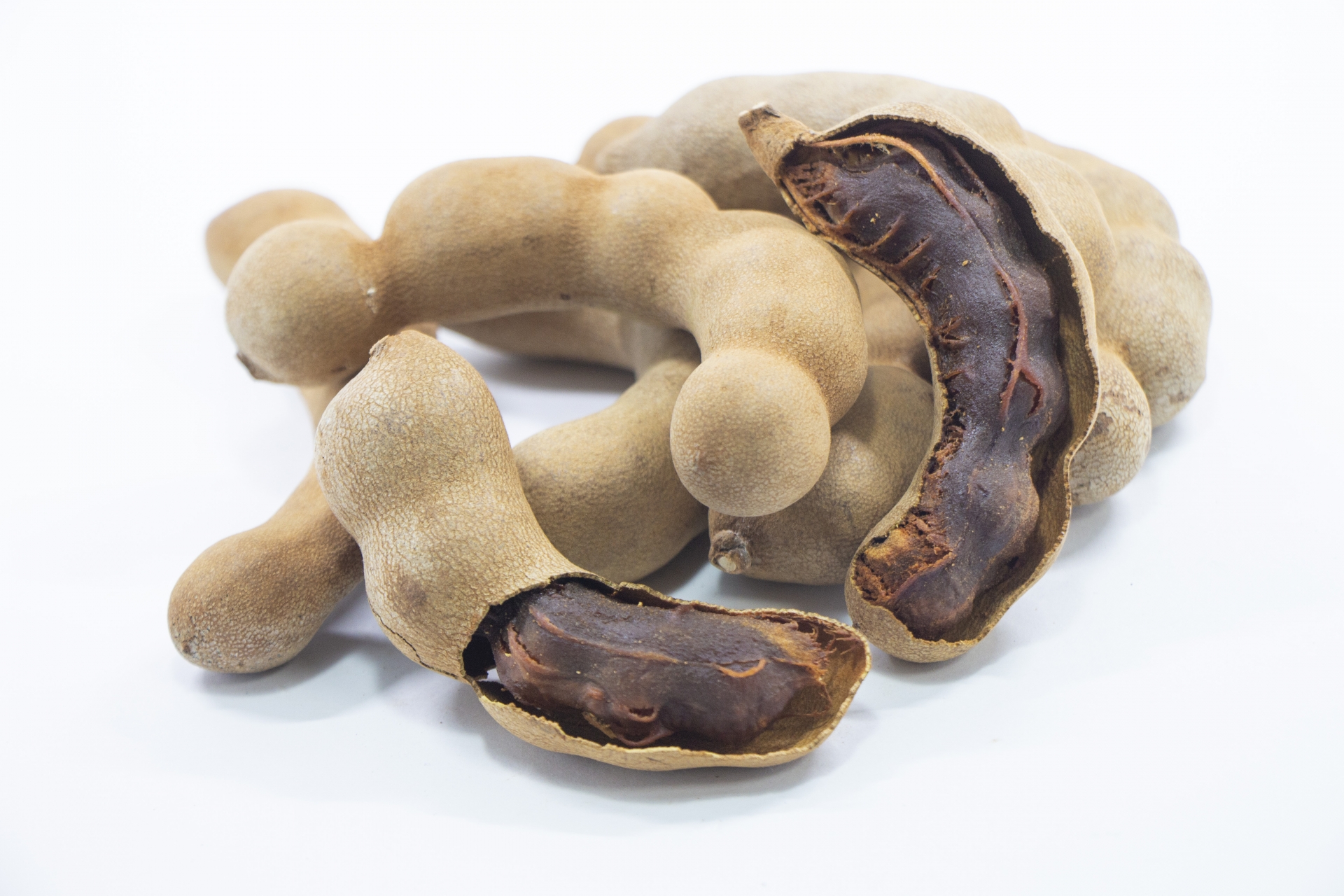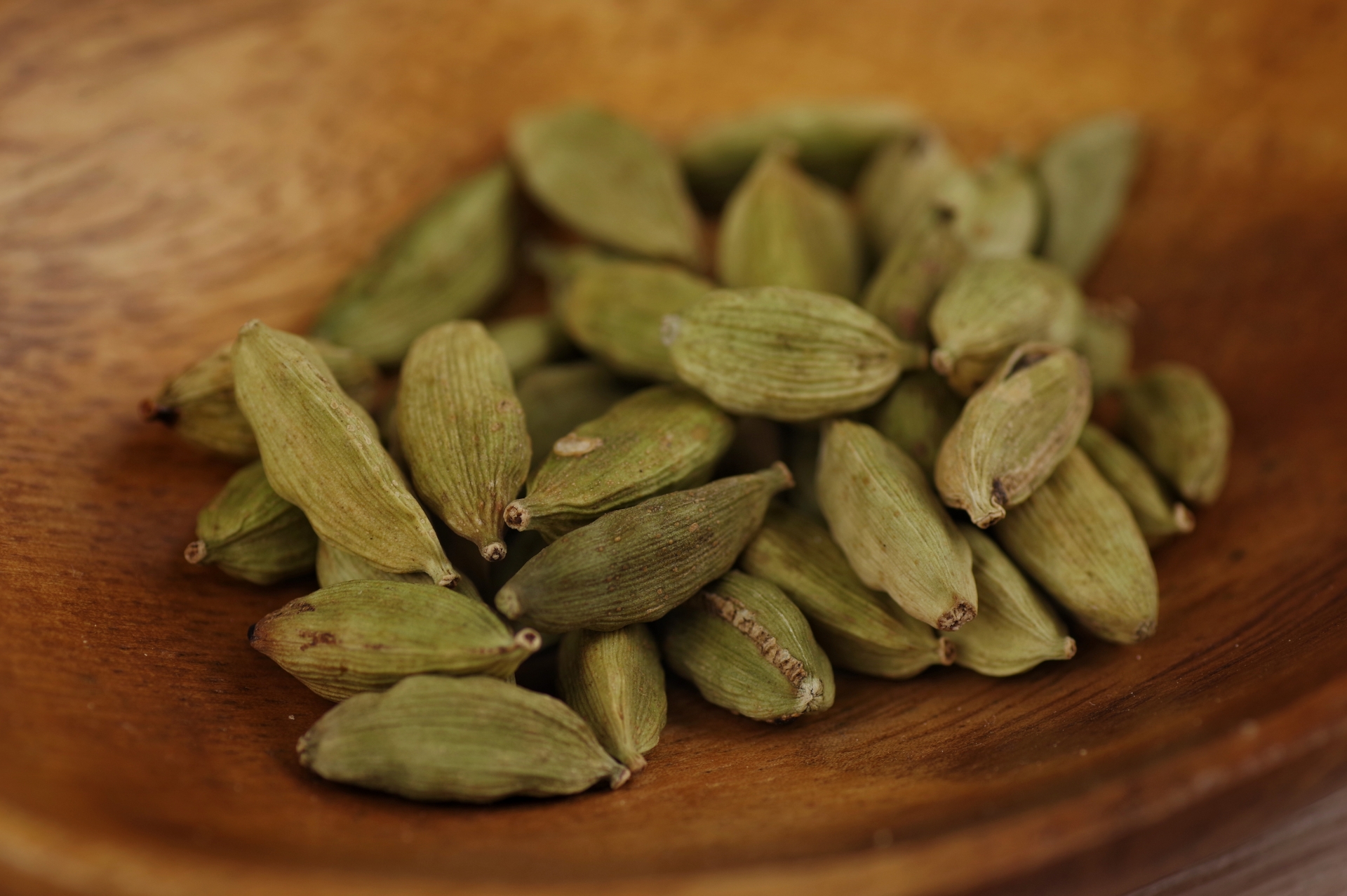目次
3つの生命エネルギーとは?
ここでは、アーユルヴェーダにおいて重要な3つの生命エネルギーについて解説していきます。サンスクリット語で、ドーシャと言います。
健康のためには生命エネルギーを高めることが大切
アーユルヴェーダは古代の哲学であり、多くの概念に基づいています。その中でも、ヴァータ、ピッタ、カパの3つの生命エネルギーは、アーユルヴェーダの重要な概念のひとつです。
この3つのドーシャは、私たちの生活を支える大きな柱であり、身体と心のすべての心理的・生理的機能を支配する力であるといわれています。また、ドーシャは身体を構成し、ダイナミックな健康状態を維持する役割を担っているエネルギーです。
つまり、ドーシャのバランスが取れていれば健康な体になり、バランスが取れていなければ病気になるということです。
3つの生命エネルギーの構成要素
アーユルヴェーダにおける3つのドーシャをトリドーシャ(トリ=3)といい、宇宙の3つの要素の理論に由来し、トリドーシャの名前は、宇宙の3つの要素に対応しています。
ヴァータ・ドーシャは風の要素、ピッタ・ドーシャは火の要素、カパ・ドーシャは水の要素を表しているということです。
実際、トリドーシャは、アーカーシャ・マハーブータ(空の要素)、ワーユ・マハーブータ(風の要素)、テージャス・マハーブータ(火の要素)、アップ・マハーブータ(水の要素)、プルットゥヴィ・マハーブータ(地の要素)を含むパンチャマハブータの相互作用によって生まれます。
それによると、ヴァータはアーカーシャとワーユマハーブータの相互作用によって形成されていて、これはドーシャの中で最も強力な生命エネルギーです。
ピッタは、テージャスとアップ・マハーブータの相互作用によって形成されています。
そして、プルットゥヴィとアップマハーブータの構成要素によって形成されているのがカパドーシャです。
3つの生命エネルギーの役割と必要性
ヴァータ、ピッタ、カパの3つの生命エネルギーは、私たちの全身に存在し、それぞれが重要な働きを担っています。ここで詳しく見ていきましょう。
身体におけるヴァータの働き
ヴァータは体のバランスをとる要素です。また、熱と冷たさを体全体に均一に分配し、すべての生理的活動のバランスをとっています。このヴァータ・ドーシャの働きがなければ、ピッタ・ドーシャとカパ・ドーシャは足の不自由な人のように、働きが鈍ってしまうので気をつけましょう。
なぜなら、風が雲を流すように、ヴァータ・ドーシャはピッタとカパの機能をコントロールしているためです。
ヴァータは体の中のすべての活動をコントロールする、3つのドーシャの中で最も重要なエネルギー。ヴァータのやる気と関与なしには、身体のどのような活動も起こりません。
つまり、身体の支配者であるヴァータ・ドーシャは、ピッタとカパ・ドーシャの機能を調整しているということです。
身体におけるピッタの働き
ピッタは火の力を有し、すべての代謝機能はピッタによって制御されています。ピッタの働きは、消化、栄養素の形成、栄養の吸収などです。体内の熱にもピッタの働きが関係しています。
身体におけるカパの働き
カパは水の要素を有するエネルギーです。バランスのとれたカパは身体のパワーとして知られ、バランスのとれていないカパは身体の老廃物として知られています。
また、体内の熱と乾燥をコントロールし、体内の冷却剤や緩衝システムのような役割を果たしているのもカパの働きです。さらに、組織への栄養補給を助け、個人の免疫力をコントロールしています。
3つの生命エネルギーはそれぞれどこから体内に働きかけるのか
トリ・ドーシャは全身に存在していますが、その存在は体の特定の場所に位置していて、特徴を出しています。全身を3つの部分に分けると、上3分の1はカパ・ドーシャが優勢な場所です。中3分の1がピッタ・ドーシャ、下3分の1はヴァータ・ドーシャが優勢になります。
ヴァータ・ドーシャの場所は、大腸、腰、下肢、耳、骨、皮膚です。
ピッタ・ドーシャの場所は、臍、胃、汗、血液、血漿、リンパ、目、皮膚です。
カパの場所は、胸郭、喉、頭、肺、関節、胃、精液、脂肪組織、鼻、舌です。
3つの生命エネルギーの性質の特徴
アーユルヴェーダを学ぶ上で、それぞれのドーシャの性質を理解することはとても大切です。以下にまとめました。ぜひ参考にしてください。
ヴァータ・ドーシャの性質の特徴
空と風から構成されるヴァータは以下の様な性質を有しています。
ルークシャ - 乾燥
ラグー- 軽さ
シータ - 冷たさ
カーラ - ざらつき、粗さ
スークシュマ – 微細さ
チャラ - 動性
ピッタ・ドーシャの性質の特徴
主に火と水から構成されるピッタは以下の様な性質を有しています。
サスネーハ - わずかに油っぽい
ティークシュナ - 鋭性
ウーシュナ - 熱性
ラグー - 軽さ
ヴィシュラ - 生臭い
サラ - 流動性のある動き
ドラヴァ - 液性
カパ・ドーシャの性質の特徴
主に水と土の要素から構成されるカパは以下の様な性質を有しています。
スニグダ - 油性
シータ - 冷たさ
グル - 重さ
マンダ - 遅さ、鈍さ、穏やかさ
スラクシュナ - 滑らかでクリア
ムルドゥ - 柔らかい
スティラ - 安定
英国アーユルヴェーダカレッジでは、これらの性質をもとに、ドーシャのバランスを整え、健康維持や病気の予防をするための知識を深めていきます。また、スリランカ人のアーユルヴェーダドクターから正真正銘のアーユルヴェーダの智慧を学べる日本で有数の学校です。アーユルヴェーダの学びを深めたい方、将来セラピストとして活躍したい方、健康管理のために日々の生活に取り入れたい方は、是非お気軽に無料説明会や体質診断セミナーにご参加ください。ご相談お待ちしております。
ライタープロフィール
 アーユルヴェーダ医師ディネッシュ先生 / Dr. Dinesh Edirisinghe
アーユルヴェーダ医師ディネッシュ先生 / Dr. Dinesh Edirisinghe
スリランカ国立コロンボ大学アーユルヴェーダ・メディスン&サージェリー卒業
脈診と額に手を当てることにより、クライアントの体質はもちろん、現在の病気や体調、過去の病歴までを読み取とることから「ドクターCTスキャン」として有名。特にデンマーク、ドイツ、日本での経験が豊富で、スリランカのジェット・ウィング・グループで、アーユルヴェーダの責任者として活躍し、スリランカの本格的なアーユルヴェーダをスリランカ国外に広めるための新しいコンセプトを構築。
 アーユルヴェーダ医師
アーユルヴェーダ医師
ディネッシュカ先生 / Dr. Dinushka Dissanayake
スリランカ国立コロンボ大学アーユルヴェーダ・メディスン&サージェリー卒業
ディネッシュ先生の最愛の奥様であり、婦人科とメンタルヘルスの専門家。
※「ドクターCTスキャン」の異名をもつ有名なディネッシュ先生と奥様のディネッシュカ先生についてさらに詳しいプロフィールはこちら。
ENGLISH
Three Biological Energies In Ayurveda
What are these three biologicals energies?
Ayurveda is an ancient philosopy which is based on so many concepts. Among those concepts Vata, Pitta, Kapha are the three biological energies which explained as on of the important concept in Ayurveda.
They are the main pillars of our life. These are the forces that govern all psychological and physiological functions in the body and mind respectively. They construct the body and serve to maintain it in a dynamic state of health.
Balanced state of Dosha contributes a healthy body and unbalanced Dosha leads for diseases.
Tridosha in Ayurveda originated from the theory of three elements of the universe. The names of Tridosha are connecting with the three elements in the Universe.
Vata Dosha is corresponding with the Air element. Pitta Dosha is corresponding with the Fire element and Kapha Dosha is corresponding with the water element,
Actually; Tridosha are origined by the interaction of Panchamahabhuta which included with Akasha Mahabhuta (ether element), Vayu Mahabhuta (Air element), Tejo Mahabhuta (Fire element), Ap Mahabhuta (Water element) and Prithivi Mahabhuta (Earth element).
According to that; Vata formed by the interaction of Akash &Vayu Mahabhuta. It is the most powerful among the Doshas.
Pitta formed by the interaction of Tejo & Ap Mahabhuta
Kapha formed by the structural properties of the Prithivi & Ap Mahabhuta
Vata represents balancing element of body. It uniformly distributes heat and coldness all through body and balance all physiological activities. Without the effect of Vata Dosha Pitta Dosha and Kapha Dosha are like lame person. As wind flows the clouds Vata Dosha controls the functions of Pitta and Kapha. Vata is said to be most important one among three doshas. Vata controls all the activities in body. No activity in body occurs without motivation and involvement of Vata. Being master of the body Vata dosha regulates the functions of Pitta and Kapha dosha.
Pitta represent fire force. All metabolic functions are controlled by Pitta. Digestion, formation of nutritive juice, absorption of nutrients is done by Pitta. It responsible for the heat of the body.
Kapha represent water element and Balanced Kapha is known as Power of the body and unbalanced Kapha is known as waste products of the body.
It controls the heat and dryness of the body. It acts like coolant and buffers system of the body. It helps in nourishing tissues and its controls the immunity of an individual.
Tri doshas are present in all over the body. But their presence can be especially observed in certain places in the body. If you divide the whole body into three parts, the upper one third is dominant for Kapha Dosha. Middle one third is dominant for Pitta Dosha and lower one third is dominant for Vata Dosha.
Places for Vata dosha are Colon,Hips,Lower limbs,Ears,Bones and Skin.
Places of Pitta are Umbilical, Stomach, Sweat, Serum/Plasma/Lymph,Blood,Blood plasma,Eyes and Skin
Places of Kapha are Thorax, Throat, Head, Lungs, Joints, Stomach, Essential fluid, Adipose tisseue, Nose and Tongue.
Natural features of Vata Dosha
Ruksha – Dryness
Laghu – Lightness
Shita – Coldness
Khara – Roughness
Sukshma – Minuteness
Chalo – Movement
Natural features of Pitta Dosha
Sasneha – Slightly oily
Tikshna – Piercing
Ushna – Hotness
Lagu – Lightness
Visram – Bad smell
Sara – Having fluidity movement
Drava – Liquidity





